The Ultimate Guide to Understanding and Utilizing Vitamin D3
Introduction
Definition and importance of Vitamin D3
Imagine the warm embrace of the sun on your skin. In this invisible dance, ultraviolet rays meet the surface of your body, sparking the synthesis of a nutrient so vital it’s often dubbed the ‘sunshine vitamin.’ Vitamin D3, known as cholecalciferol, is pivotal in bone health, immune function, and many other aspects of our well-being.
The journey of Vitamin D3 begins when sunlight touches our skin, activating the production of a naturally occurring form of cholesterol. It’s a beautiful orchestration that underlines the harmony between our bodies and the natural world.
Benefits of Vitamin D3 for health
Vitamin D3 is like a key that unlocks countless doors within our body, promoting calcium absorption for strong bones, bolstering the immune system to ward off invaders, and acting as a mood regulator. Studies have revealed its potential in reducing the risk of multiple sclerosis, heart disease, and the likelihood of developing the flu. The benefits of this fat-soluble vitamin are extensive and critical for maintaining a healthy life balance.
Different Forms of Vitamin D3
D3 from sunlight exposure
The sun’s rays provide the most natural and effective way to obtain Vitamin D3. When skin is exposed to UVB light, the body sets in motion a remarkable process that converts sunshine into chemical signals, custom-tailored to keep our skeleton sturdy and our immune response swift. However, factors such as geographic location, skin pigmentation, time of day, and sunscreen use can all influence this natural production.
D3 from dietary sources
When sunlight is scarce, nature offers alternative sources of this essential nutrient. Greasy fish like salmon and mackerel, egg yolks, and fortified meals such as milk and grain become invaluable supporters in the quest for Vitamin D3.
They say you are what you eat; in this case, consuming Vitamin D3-rich foods can help sustain levels without adequate sunlight. A visual chart here could be a reference to pinpoint these D3 champions.
Supplemental Vitamin D3 options
Supplements fill the gap in our modern indoor lifestyles, where sunlight may be a luxury. Available in various forms, from capsules to liquid drops, they promise a consistent intake of Vitamin D3, ensuring we don’t take advantage of its myriad benefits.
Testimonials from those who’ve found their stride with supplementation can offer personal insights and reinforce the value of these convenient Vitamin D3 sources.
Factors to Consider When Choosing a Vitamin D3 Supplement
Dosage recommendations
The question of how much Vitamin D3 one should take is more than one-size-fits-all. Age, weight, and current Vitamin D levels play into the equation. Recommendations typically range from 400 to 2000 IU per day, but conferring with a healthcare provider to tailor the dosage to your needs is important.
Form of supplement (capsules, drops, etc.)
Personal preference and lifestyle can dictate the choice between capsules, soft gels, and liquid drops. While capsules are a go-to for convenience, drops can be advantageous for those seeking precise dosage control or for individuals with difficulties swallowing pills.
Additional ingredients to watch for
Supplements may come with additional ingredients, from fillers to preservatives. It’s crucial to scrutinize the label, opting for products with minimal additives to ensure the purity and efficacy of the Vitamin D3 you incorporate into your health regimen.
How to Test Your Vitamin D3 Levels

Blood tests for Vitamin D3
A blood test named 25-hydroxyvitamin D is the most precise way to calculate how much Vitamin D is in your body. In the veins, Vitamin D circulates, telling a tale of your overall health through the language of biomarkers. This test can be done at a doctor’s office or through at-home test kits that provide detailed instructions for collection and results interpretation.
Interpreting test results
Once the numbers are in, interpreting them can feel like deciphering a secret code. Generally, 20 nanograms/milliliter to 50 ng/mL is adequate for healthy people. A score below this range may indicate a deficiency, while a score above suggests sufficiency. However, nuances exist depending on individual health contexts.
Consulting with a healthcare professional
Navigating the significance of your Vitamin D3 levels is best done with a healthcare professional’s expertise. They can provide personalized advice, considering your health history, lifestyle, and specific concerns, and guide you to optimal Vitamin D3 status.
Tips for Maximizing the Benefits of Vitamin D3
Proper sun exposure tips
Embracing the sun responsibly is key to maximizing Vitamin D3 benefits. About 10-30 minutes of midday sun usually suffices several times a week. Protect your skin if you’re out longer with clothing or sunscreen to prevent damage.
Best practices for taking supplements
Consistency is king when it comes to supplements. Given its fat-soluble nature, taking your Vitamin D3 supplement with a meal with fat can enhance absorption. Keeping your accessories in a cool, dry place will preserve their potency.
Combining Vitamin D3 with other nutrients for optimal absorption
The body’s wisdom is evident in how it absorbs Vitamin D3 best with certain nutrients. Magnesium and Vitamin K2 are two such companions, aiding in the proper utilization and directing calcium to the right places, ensuring it supports bone rather than arteries.
Further considerations for intake and absorption highlight the complexity of nutrition and dietary supplements. Calcium, another crucial bone-health nutrient, should be balanced with Vitamin D3 and K2 intake.
which vitamin deficiency causes hair loss | 3 Important Points
Too much calcium without proper Vitamin D3 and K2 balance may lead to vascular issues or kidney stones. Therefore, it’s about getting enough vitamin D3 and maintaining harmony between these interrelated nutrients for overall health optimization.
Moreover, dietary sources of Vitamin D3, though limited, contain fatty fish like salmon, sardines, and mackerel, as agreeably as egg yolks and fortified foods. These natural sources provide additional nutrients that supplement pills cannot offer, illustrating the importance of a well-rounded diet alongside supplementation for those unable to achieve sufficient vitamin D levels through sunlight exposure alone.




